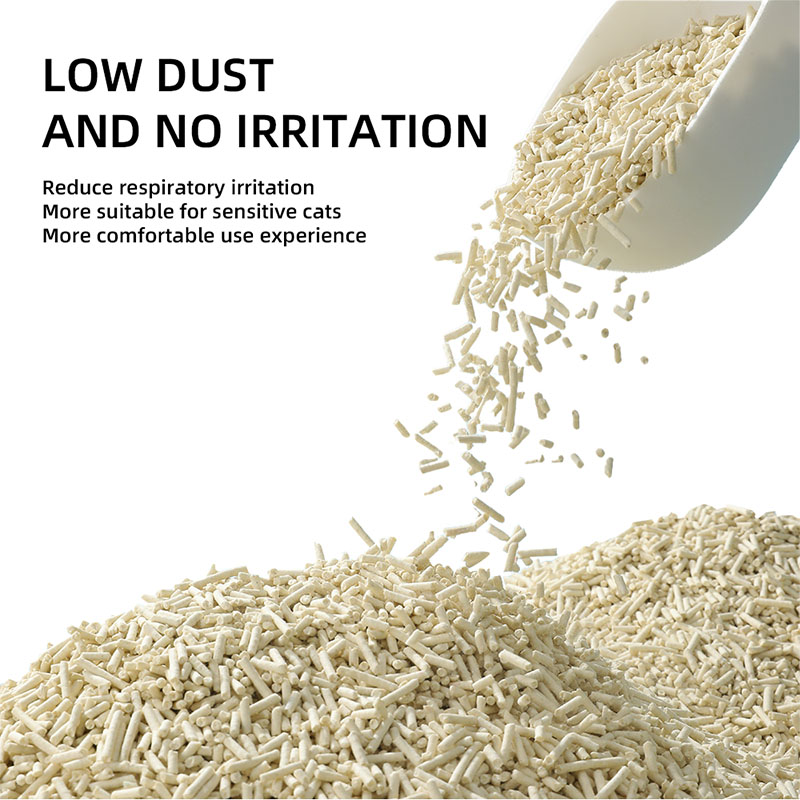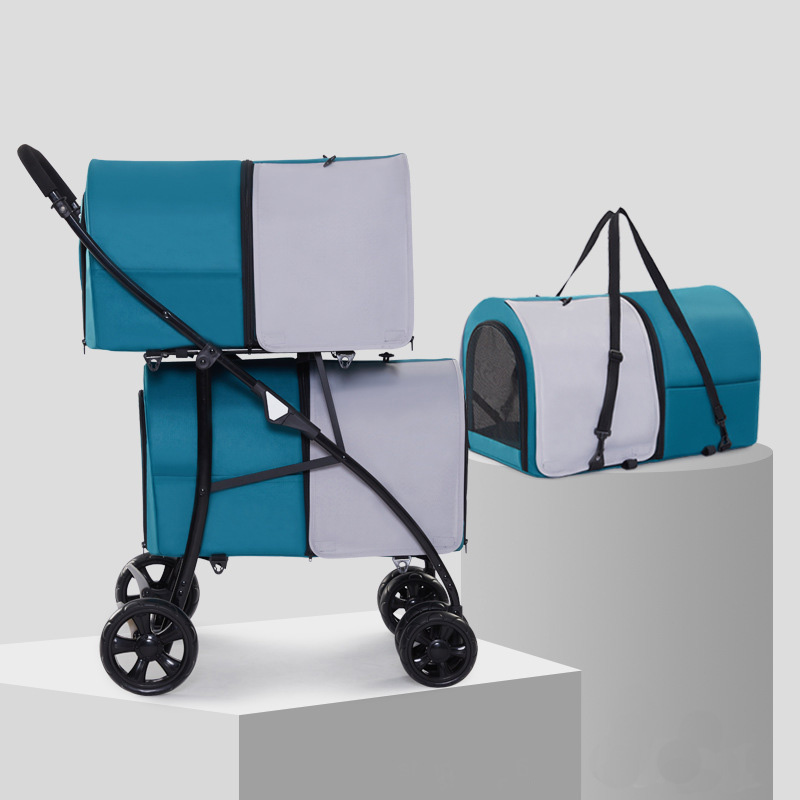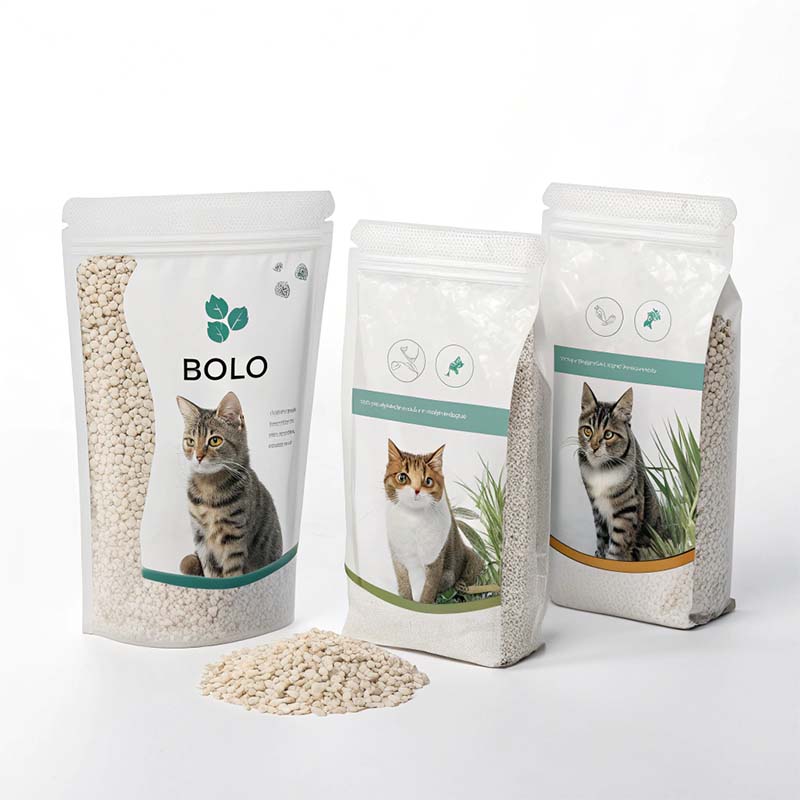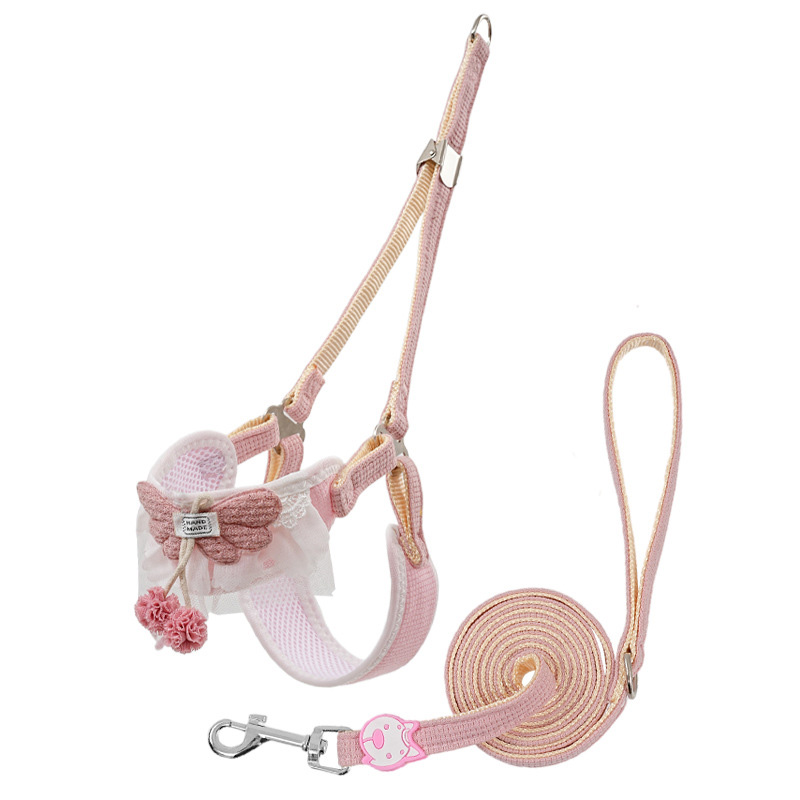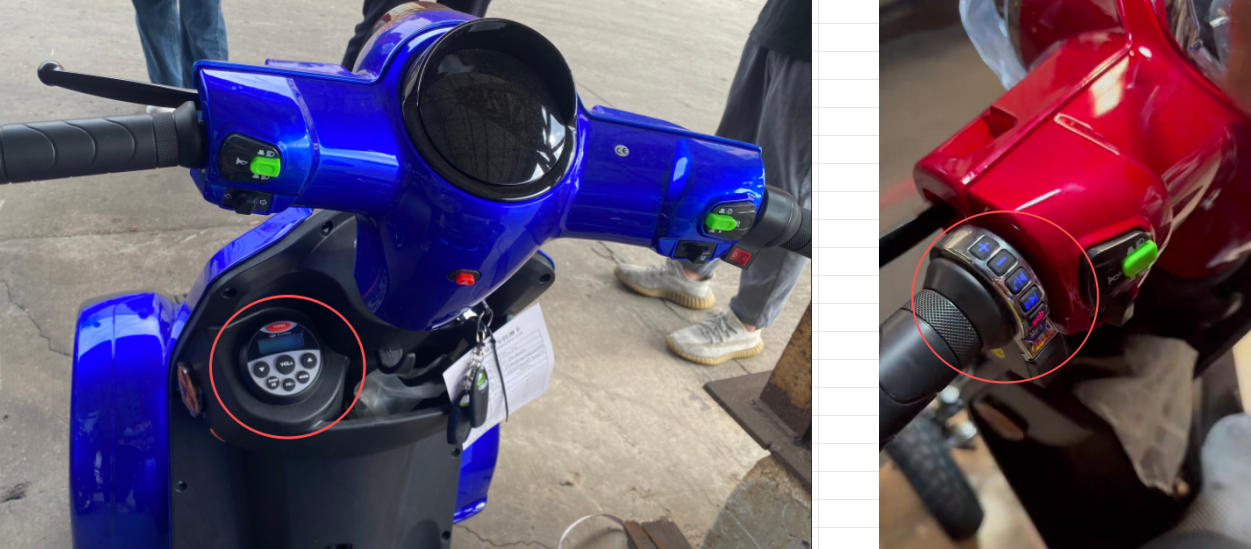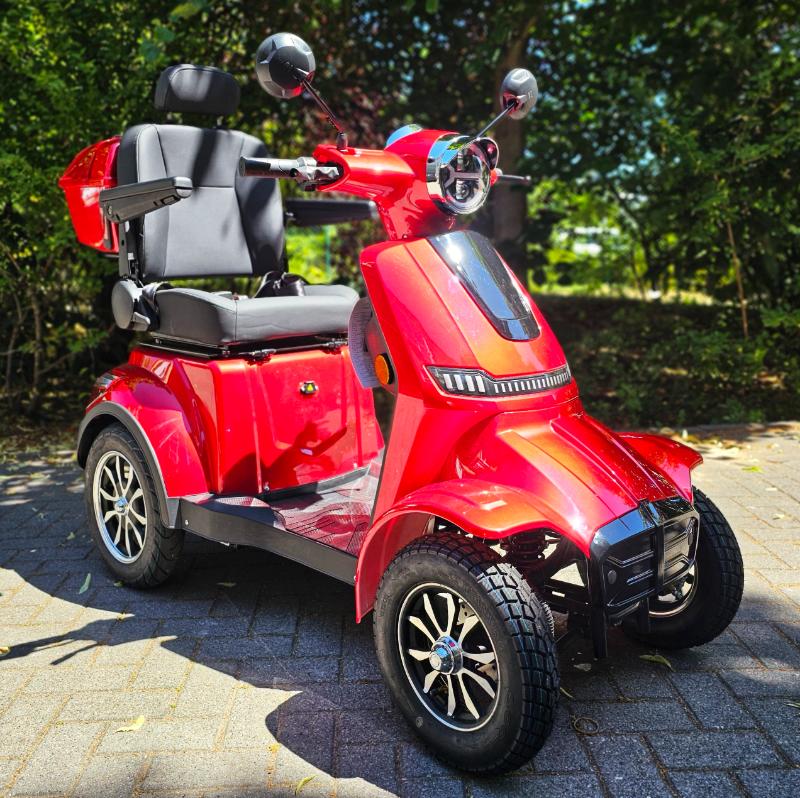As family entertainment evolves, indoor playgrounds are no longer just about slides and ball pits—they’re becoming immersive, tech-enhanced experiences that combine fun, learning, and safety. In 2025, playground operators and designers are embracing new trends that transform traditional spaces into cutting-edge, multisensory worlds. Here are the top trends shaping the future of indoor play.
Interactivity is leading the way in 2025, with projection-based games turning passive play into dynamic, responsive adventures.
These experiences are especially popular in:
-
Interactive Ball Pools: Kids throw soft balls at a wall-sized screen, triggering animated effects, collecting points, or defeating monsters. The content can switch between underwater worlds, sports games, and puzzle challenges.
-
Interactive Flooring: Pressure-sensitive projection floors react to movement—run through puddles, chase virtual animals, or dance on light-up tiles.
-
Interactive Trampolines & Climbing Walls: Motion sensors and projectors turn jumping and climbing wall into real-time games. Players can chase targets, collect coins, or compete against friends.
-
Interactive Bicycles: These feature a screen in front of a stationary bike, where kids "ride through" fantasy landscapes, racing dragons or delivering magical parcels, promoting cardio play in a fun way.
These systems not only enhance engagement but also support cognitive development and teamwork through cooperative games and motion learning.
Themes have always been part of playground design, but 2025 brings a more refined, aesthetic-driven approach.
The two biggest design styles this year are:
-
Macaron Pastel Tones: Soft pinks, mint greens, sky blues, and creamy yellows dominate toddler zones and baby play areas. These colors promote calmness and pair well with gentle lighting and soft music.
-
High-Energy Color Pops: For older kids and teens, designers are leaning into trendy palettes like deep purple, neon orange, electric green, and fluorescent highlights. These are perfect for ninja courses, rope adventures, aerial slides, and more adrenaline-driven attractions.
Both styles rely heavily on cohesive visual branding, creating Instagram-worthy environments that attract parents and influencers alike.
Sustainability is now a core part of indoor playground design. Customers are increasingly conscious of what materials are used in spaces their children frequent.
Top considerations include:
-
Non-toxic, low-VOC materials for foam, plastics, and textiles
-
PE board, EVA mats, and high-quality PVC leather that meet EN1176 and ASTM standards
-
Formaldehyde-free wood panels and paints
-
Modular structures designed for reuse and recycling
Using eco-certified materials not only ensures child safety but also gives operators a clear marketing advantage when promoting health-conscious environments.
Operators are moving away from “one-size-fits-all” layouts. Instead, 2025 designs feature zoned play areas that cater to different age groups and activity types:
-
Soft play zones for toddlers (0–3 years)
-
Adventure zones with trampolines, ninja runs, and high-altitude slides (4–12 years)
-
Interactive learning corners with sand tables or STEM play (3–8 years)
-
Relaxation areas for parents, often combined with cafés or co-working spots
This segmentation improves safety, enhances engagement, and increases the length of stay per visit.
Indoor playgrounds in 2025 are more than just fun—they’re immersive, sensory-rich environments where play meets innovation. Whether you're planning a family entertainment center (FEC), a standalone trampoline park, or a mall-based soft play zone, staying ahead of these design trends can set your project apart.
Want to Bring These Trends to Life?
At QILONG Amusement Equipment, we specialize in turning trend insights into custom-designed playgrounds. From interactive ball pools to sustainable materials, we provide full-service solutions: design, production, shipping, and installation.
📩 Ready to start your indoor playground project?
👉 Contact sale@xyyplayground.com for a free layout plan and quote!
